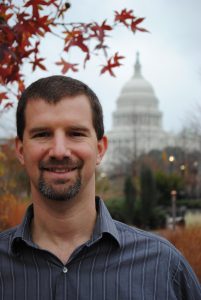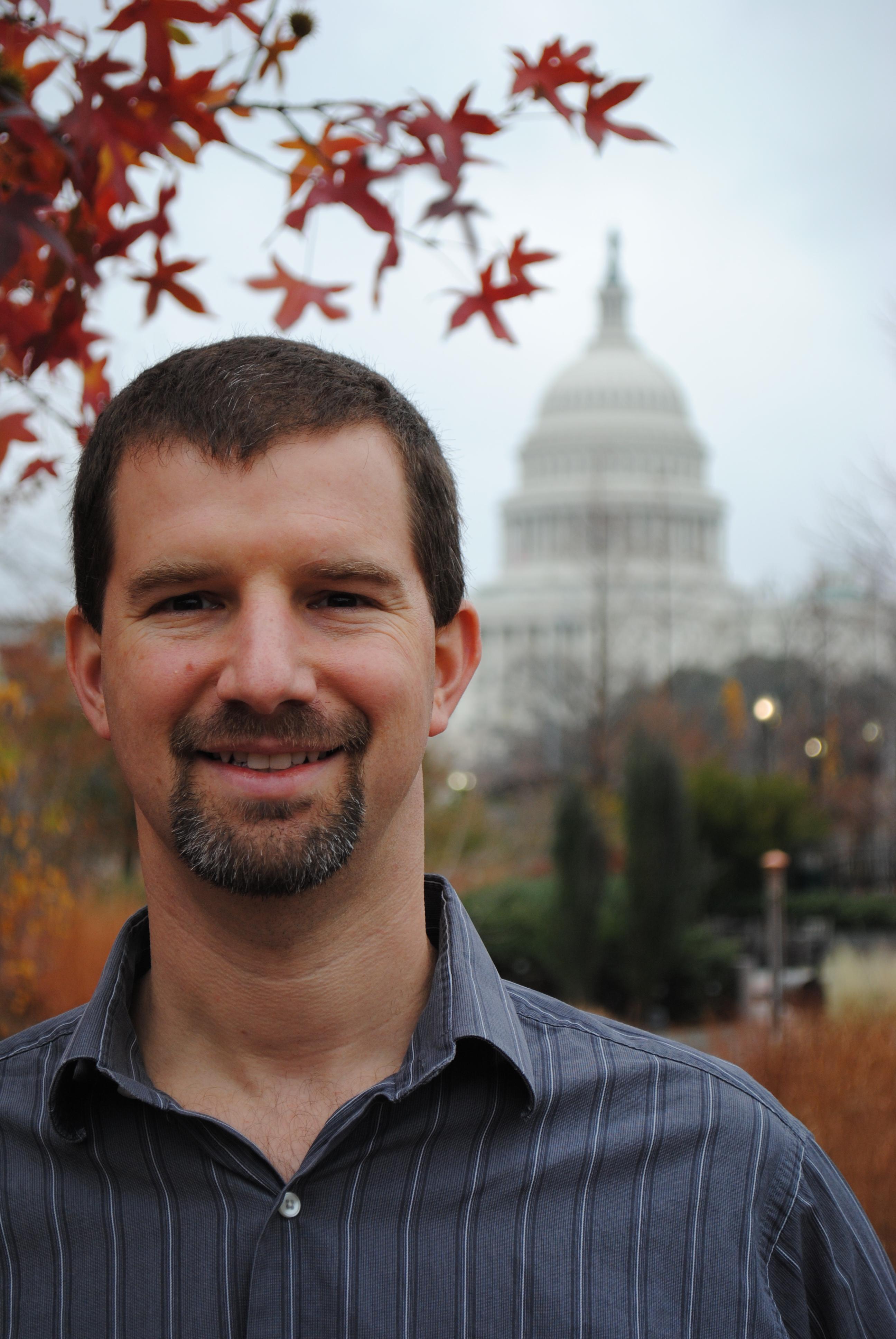Republished from GreenBiz
This September, Mars unveiled its Sustainable in a Generation plan, which sets a new standard for its responsible growth as a business. Mars believes that transformational, cross-industry collaboration is required to fix the extended global supply chain, and the plan leads the way by investing $1 billion to tackle threats like climate change, poverty in its value chain, and resource scarcity.
The private, family-owned Mars, Inc. has been in business for over a century and sells its products in nearly every corner of the globe. Its six different businesses—from chocolate to pet products—reach billions of consumers and earn more than $35 billion in global sales.
Bard MBA student Alistair Hall talked with Mars’s Kevin Rabinovitch shortly after the launch of Sustainable in a Generation about the plan and how it evolved.
Rabinovitch, Mars’s Global Sustainability Director and Chief Climate Officer, was instrumental in developing the plan. His team manages a global portfolio of renewable energy projects in conjunction with efficiency work led by the business units. He also leads the assessment of environmental impact for Mars’s value chain and the translation of external environmental science into policy and strategy for the business.
The following Q&A is an edited excerpt from the Bard MBA’s October 6th Sustainable Business Fridays podcast. Sustainable Business Fridays brings together students in Bard’s MBA in Sustainability program with leaders in business, sustainability and social entrepreneurship.
Listen to this interview and others on the Bard MBA Sustainable Business Fridays podcast on an Apple or Android device.

BARD MBA: HOW DID YOU GET INVOLVED IN MARS’ SUSTAINABILITY EFFORTS?
I’ve been at Mars for 23 years, the first 13 in research and development. I started my career as a chocolate engineer. Ten years ago, the Mars family and leadership team made a conscious effort to get more structured about our work in sustainability. I had some knowledge in the field, so I was asked to pull together the program. Ten years later, here we are.
Back in 2007, this thing called sustainability was getting organized out in the wider world. There were issues that we needed to think about more carefully as a business than business traditionally had. My colleagues and I started researching, talking to people, going to conferences, and really just absorbing everything we could on the topic.
Some of the original principles we developed are still at the core of our sustainability program—things like being driven by the science and data, and focusing on what’s right and not just what sounds good.
BARD MBA: TEN YEARS ON. CAN YOU TALK US THROUGH HOW THE PROGRAM HAS GROWN AND EVOLVED?
We recently launched our Sustainable in a Generation plan, which is a very detailed set of not just commitments but strategies. It’s a plan for delivering against those commitments that speaks to our work in environmental, social, health, and nutrition innovation. It’s also the narrative capstone on that last decade of work, which started with myself and another individual. Now there are 25 others working full time on this, and thousands of people working as a part of their job inside Mars on this.
We have climate science-based targets for our greenhouse gas emissions covering our entire value chain. We have a target on the total amount of land our value chain will use, which is, to our knowledge, a first in the corporate world—having a metric to try to freeze the footprint of our supply chain. Part of our rationale is that one of the things that drives deforestation and loss of other natural ecosystems is the ever-expanding footprint of agriculture. If we find ways to grow our business, which we want to do, without growing that footprint, then we do something important to help preserve natural ecosystems. We also have a target on ultimately eliminating water use in excess of sustainable levels in stressed watersheds.
Digging deeper into the plan, there’s a strong thread of understanding the science first and then building strategies to get there. Others start with feasibility, and our view is that that’s not the right way to do it. Atmospheric physics and the climate don’t care what we happen to think today is economically viable and feasible. The burden is on us to solve the problem and not shift the target. Instead, we need to shift our understanding of what’s possible.
BARD MBA: HOW DID THE PLAN EMERGE?
By 2009, we’d developed science-based targets for our direct operations. For those who live in the carbon accounting world, that would be scopes 1 and 2 emissions (factories and offices). We got to those quite quickly because we had really good data about our own operations. We knew exactly how many kilowatt hours of energy we were using. We knew how many tons of waste were going to landfill.
The other thing we had was that we already understood most of the strategies we’d need to deliver on our science-based targets. We understood energy efficiency, how to save water, that there were alternatives to sending things to landfill. We hadn’t necessarily executed on all of those opportunities, but we understood them in concept. The one strategy that we had to add to our mix was renewable energy. We didn’t have a lot of experience with it, but we convinced ourselves that we could figure it out, so we signed up for the targets.
It took us another eight years to get to the point of making a public commitment on our full value chain—going beyond those factories and offices to everything from farms to the consumer enjoying our products. This took eight years because there was a lot of data we didn’t have in 2009 about the supply chain, even where some of our raw materials came from. Then, when we worked out where everything was coming from, we had to figure out the impacts of our supply chain.
Next, we had to start developing strategic frameworks for how to go about tackling some of those impacts, and then we had to build the business case. Along the way, we worked with academics, NGOs, and other corporate partners to develop some of the methodologies, because there wasn’t really an agreed upon way of figuring out some of the things we wanted to understand. It was a very, very comprehensive exercise.
It’s the Sustainable in a Generation “plan” and not the Sustainable in a Generation “targets” because, for us, there aren’t only targets, there’s a plan to get to the targets. We’re committed to spend about a billion dollars in the next three years to start the transformations in our supply chain that’ll get those impact reductions.
It did take a long time, not because there was opposition to it, but more because it’s core to how we want to run our business going forward. That level of integration in an organization of almost 100,000 people takes some time.
